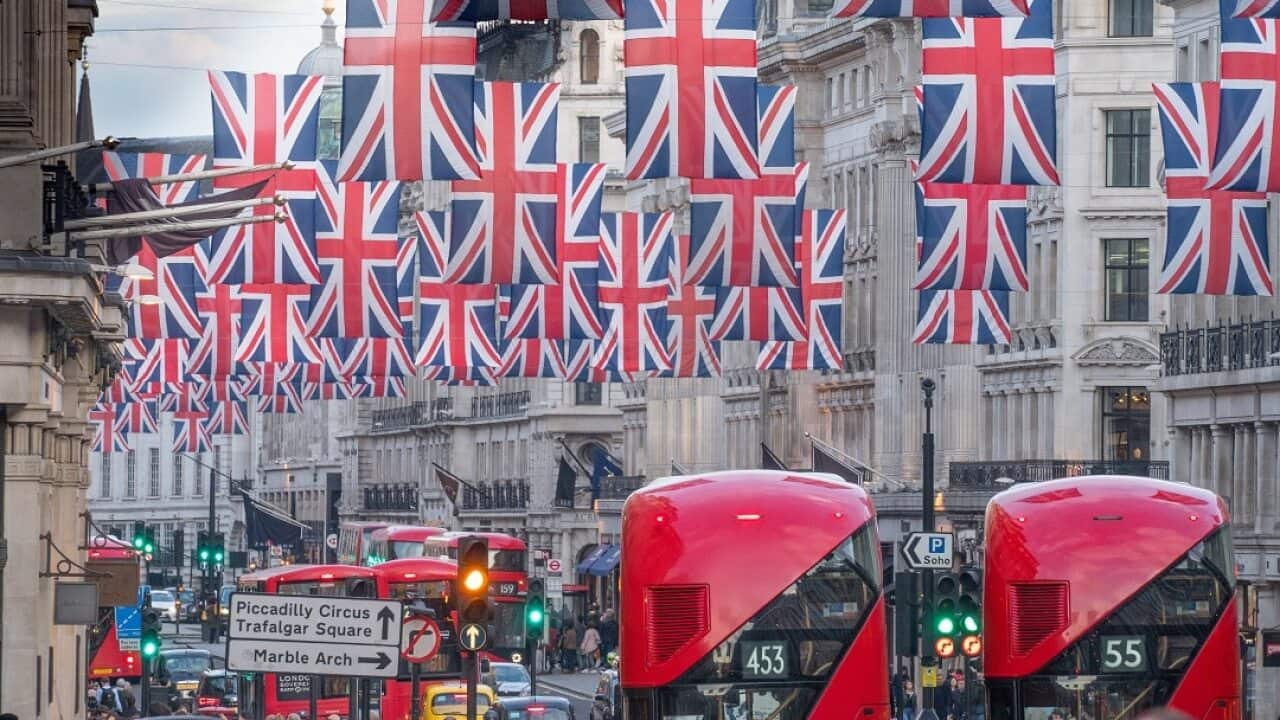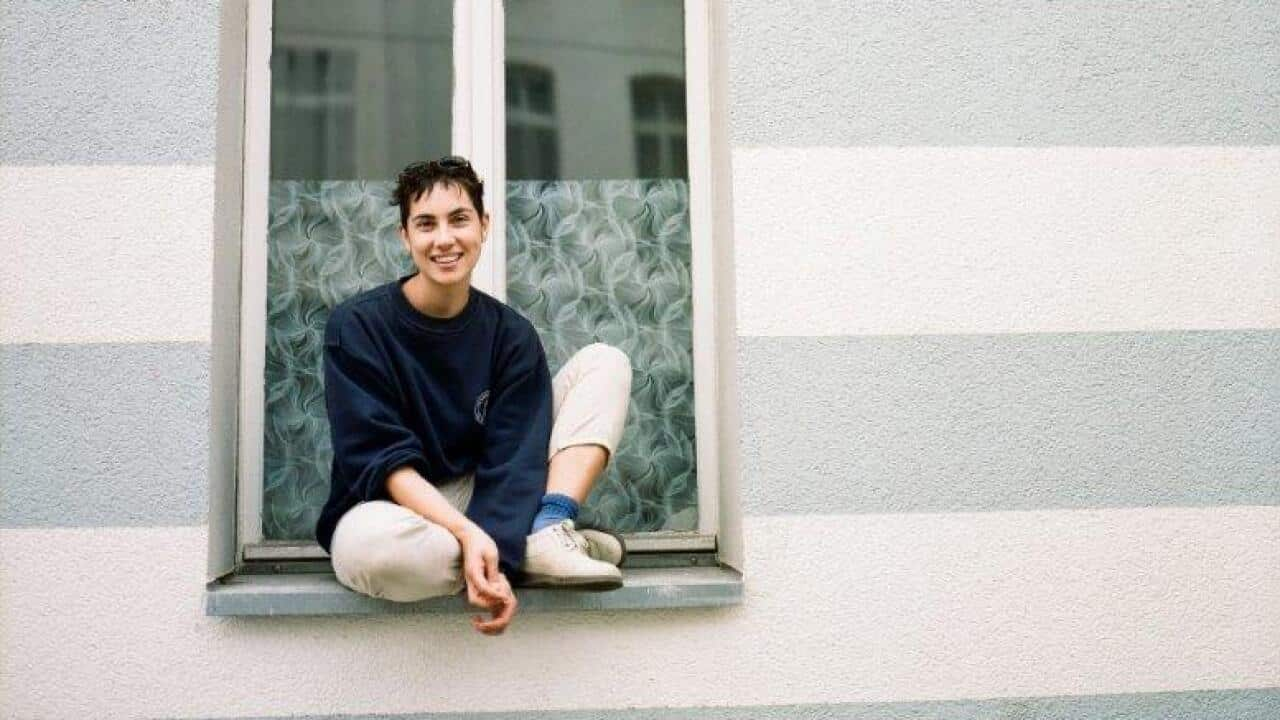‘Hi, how can I help you?’ I asked a young, brown skinned lady walking up to where I was behind the Elizabeth Mall Newsagency counter. Up close, her black hair and flat facial features had set off my Filipino radar. I smiled but inside, my heart was pounding.
‘Can I buy a twenty dollars Lyca mobile?’ Then she raised a tweezered eyebrow at me. ‘Are you Pilipino?’ She popped her lips at me, slightly spreading red lipstick on her upper lip. This was the question I dreaded most because, being mixed with white and having come to Australia as a teenager, I never felt Filipino enough to answer. Heat spread through my face. Should I answer in Tagalog? My white co-worker was right over there and she would hear me. My Tagalog was terrible since I never used it anymore. I thought it best to stick with English.
‘Yes, I’m half,’ I said as I handed her the phone credit.
For a second, I thought I might be back in the Philippines because there were hardly any white people.
Five years after moving to Australia, I was studying at the University of Tasmania, working a casual job at a newsagency and partnered with a white man. In class and at work, I could almost pull off an Aussie accent. Most of the time, I barely noticed that I was the only person of colour in my lecture hall, workplace or friendship group. It was only moments like the one at work that had made me aware of all the ways I was different to the white people I hung out with. But why was I so afraid of being different?
Filipino American rapper Ruby Ibarra in her song ‘Skies’ raps, “So tell me how much you wanna be like them? Eat like them, wanna breathe like them.” The ‘them’ in her lyrics refers to white people, and her song speaks to the pressure for those of immigrant background to assimilate to whiteness. The truth is, I was afraid to be different because I was surrounded by white people who couldn’t fully understand me. I was afraid because even though I tried to ‘be like them’, I couldn’t change my upbringing, my skin colour, my accent or my language. Those are the things that make me different, even though it is racist to assume that I am “different” because it places whiteness and white people at the centre of our global society.
In February this year, I moved with my white partner, Nathan, to Western Australia from Hobart. It was then that I saw my opportunity to intentionally seek out other people of colour, other Asians and Filipinos in a new space. I wanted Western Australia to be different from Tasmania. I first found that community in Faith Community Church, a large, Asian-majority church in Willeton. When I walked in with Nathan for the first time, I stopped by the door with my eyes wide, adjusting to the noise of hundreds of people talking as I looked around the foyer. For a second, I thought I might be back in the Philippines because there were hardly any white people. It was a typical church service. The band played a few contemporary worship songs, there was an announcement video featuring a young white guy, and then the pastor, a tan-skinned older man preached. But as I sat there, all I saw were people of Asian descent, some with light skin, some with dark skin. For once, Nathan, with his blue eyes and overgrown, caramel hair was the odd one out.
There was a lightness in my chest, and it bubbled over on the drive home as Nathan and I laughed about the announcements video and the white guy in it. To us, it had seemed to say, “White people are welcome here too.” For once, it was people of colour negotiating who is welcome in what space instead of the other way around.
I am proud to be a brown-skinned, island woman, who is rising into herself every day. It is time to start practicing my Tagalog again.
At church a few weeks later, we met a young Malaysian couple, Dan and Jane. An engineer and teacher respectively. Both were of Chinese ethnicity and had been at Faith Community Church for several years. Jane, who was wearing a green cardigan with enamel pins of books and pencils, started some friendly small talk while we were standing in line at the church’s volunteer-run café. Nathan and I introduced ourselves and they got a kick out of my name. It turned out that in Malaysia and Singapore, there is a popular coconut jam called ‘kaya’. I laughed with them, and told them that in Tagalog, ‘kaya’ means ‘strong’ or ‘capable’. It was inspiring to share this intercultural dialogue, which taught me more about myself and the ways I could be perceived outside of the white gaze.
We continued chatting with Dan and Jane after getting our coffees. I noticed how Dan sometimes dropped his Rs in the Aussie fashion, while Jane would codeswitch into Malay slang with her Malaysian friends who had walked by us. I couldn’t help but smile at how easily she slipped in and out of English. Soon, my mouth began to match their cadences, morphing back into the rollings Rs of my Filipino accent. My own voice sounded both foreign and familiar to me, like being back in the Philippines.
Later, I listened to Ruby Ibarra rapping in English and Tagalog, “Island woman rise, walang makakatigil. Brown woman rise, alamin ang iyong ugat.” Meeting fellow Asian Australians in community, I experienced affirmation of my own cultural identity that I didn’t know I needed. Now I don’t shy away from who I am or from other Filipinos. Now I know that I’m not just ‘half’. Now I am proud to be a brown-skinned, island woman, who is rising into herself every day. It is time to start practicing my Tagalog again.
Author note: Names have been changed for privacy.






